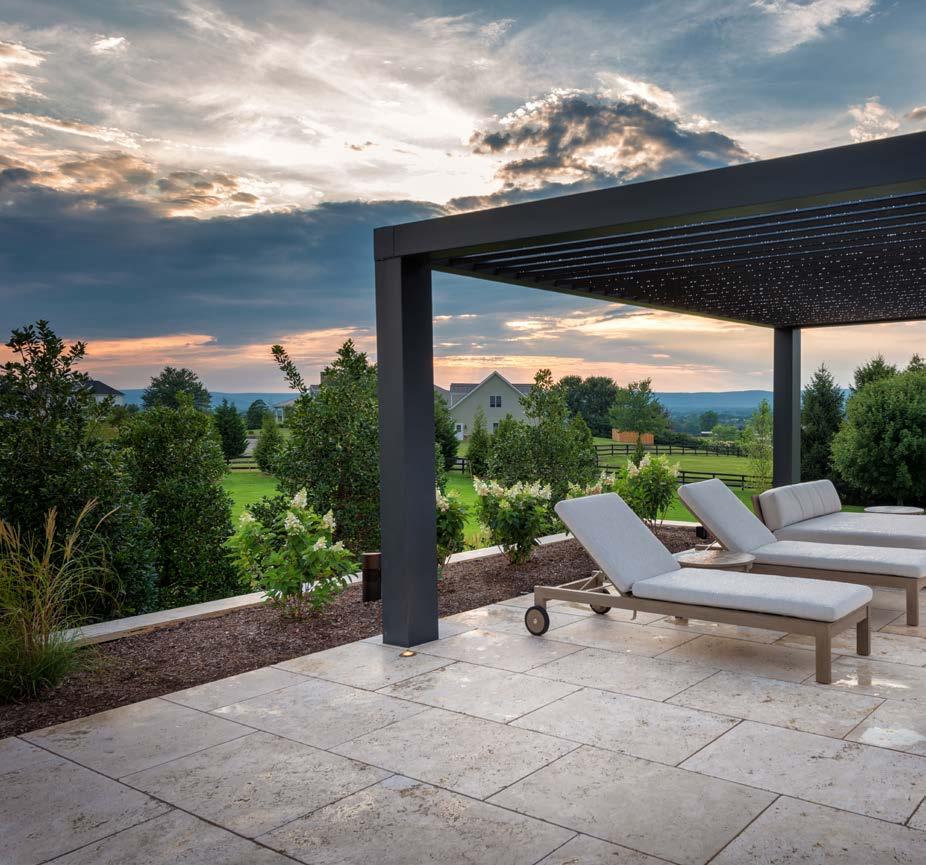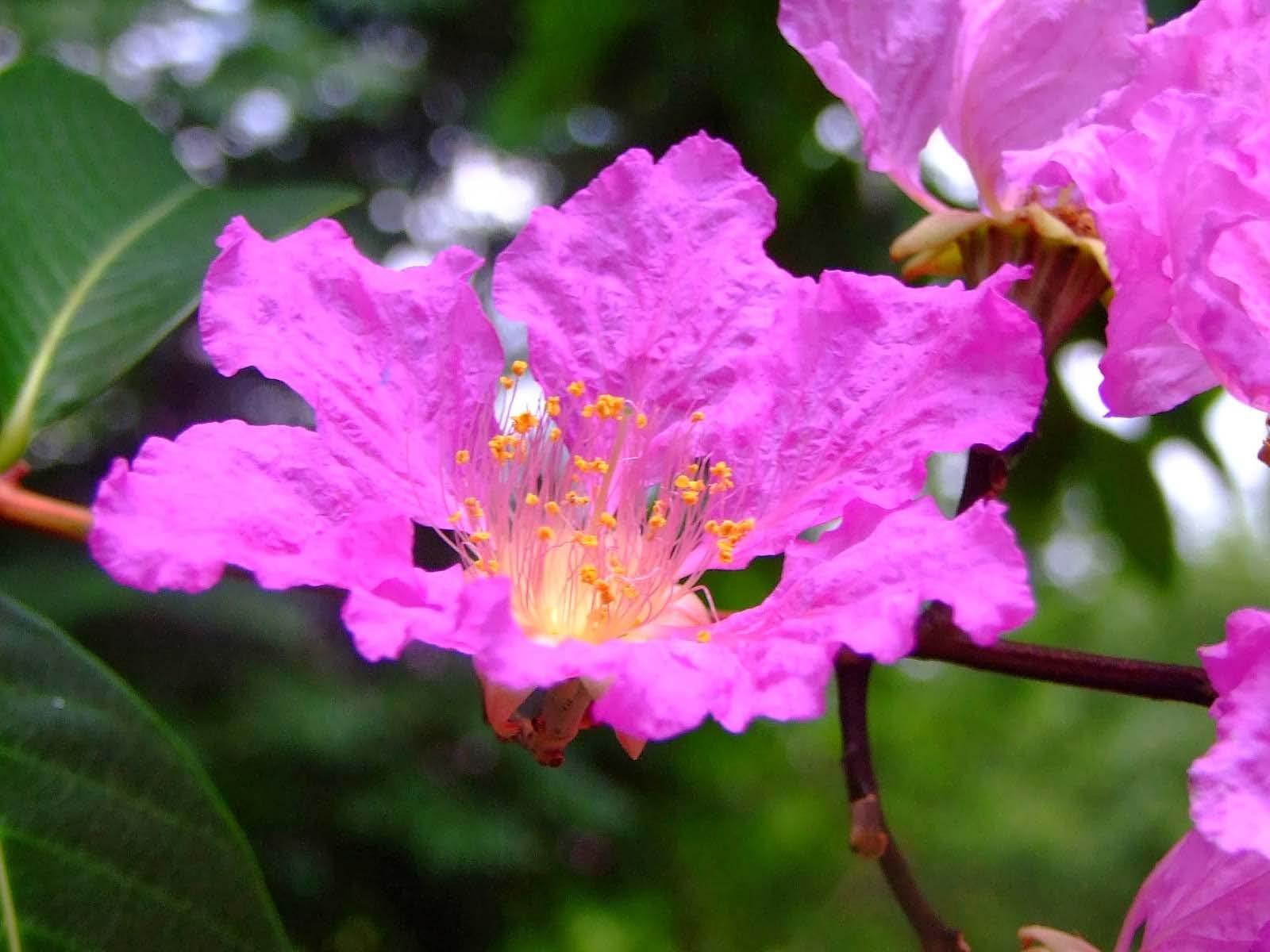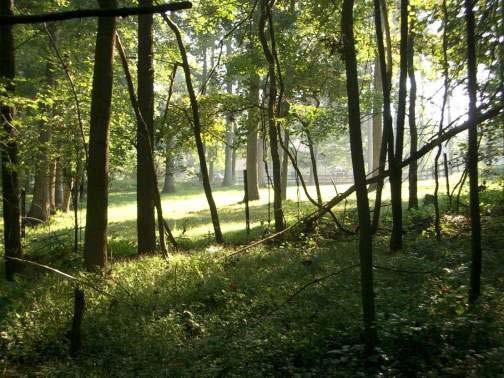Plant of the Month
Instant Impact for a Gloomy Garden By Aaron Schemeck, Ruppert Landscape
Purple Magic Crape Myrtle
After working for a handful of landscape design firms along the East Coast, from Florida to Pennsylvania, and spending almost a decade abroad in locations with varying climates, there has been one tree that is universally used: the crape myrtle. From five-star resorts to front yard accents, these plants get their fair share of use and seem indestructible in most applications. With such a wide variety of species to choose from, size is one of the key factors to consider when placing these beauties. Giants like Natchez, Tuscarora, and Muskogee crape myrtle can reach up to 30 feet tall and definitely have their place in the landscape when looking to provide reprieve from the sun or planted as buffer to hide mechanical structures. On the opposite end of the spectrum, some of the latest trends identify species that are growing as low as 2
feet tall and are much less prone to pink throughout the garden. While disease and the need for the intrusive these have their place in the standard cutbacks most often seen with older, plant palette, I am always drawn to taller trees. With that in mind, let’s plant material that is a bit out of the focus on some of the smaller, more ordinary. With that in mind, the versatile options described as dwarf Magic Series of crape myrtles offers and miniature, respectively. Used two of my favorite varieties to create as single accent plants or aligned in a row for a colorful hedge, these pla nt s comple me nt a ny g a rden structure. As w it h t he ta l ler c r a p e my r t l e s , these also come in a variety of colors—notably the popular World’s Fair, Pokomoke, Midnight Magic crape myrtle is considered a dwarf shrub: round in and Sacramento, shape, growing up to 4–6 feet tall and similar in width. This variety’s leaves will breathe life into a tired landscape, and while w h i c h p r o v i d e purple/maroon in bloom (July through September), its amazing dark pink flowers i n t e g r a l c o l o r cover the shrub, adding visual impact. It thrives in the warmer weather of summer and will rebloom in late summer if the first push of flowers tones of red and is deadheaded.
GROUNDWORK 6 M AY / J U N E 2 0 2 0







